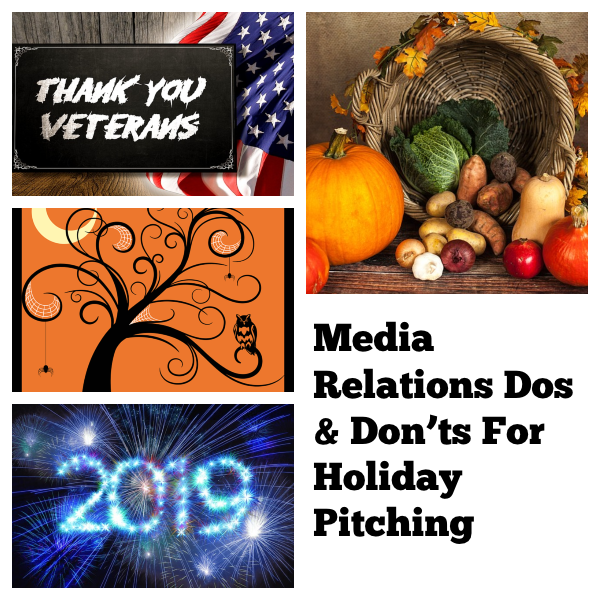Today, many U.S. PR agencies are taking on international communications for businesses as they expand beyond our borders. The digital acceleration brought on by the global pandemic has in many ways made the media landscape more accessible to PR teams.
Many B2B tech companies with digital offerings, for example, market products and services worldwide, and they don’t always want to bring on multiple PR firms. They’re often looking for a single point of contact, supported by on-the-ground sales and media relations.
For PR teams, media relations outside North America offers similarities to domestic outreach, but there are key differences beyond language, of course. Here are five areas to consider when pitching international media.
Language isn’t just about translation
Any PR team will make sure a release or announcement is translated from English into the language of the population where it’s released. Yet there are less obvious factors. Proper translation — whether directly through a newswire distribution service or through a translation vendor like Gengo — can take up to several days to get back. Many announcements contain technical or legal terms, and every industry has its own vocabulary. So when devising announcement strategies, be sure to bake in extra lead time to avoid delays or last-minute confusion. Also it’s good practice to construct the release in a way that’s easy to translate. So avoid English slang or acronyms that may complicate the copy. That way ideas or concepts don’t get lost in translation, and you minimize the time-consuming back-and-forth during the review process.
Using universal language in an announcement will work in some areas. However, figuring out the best way to localize the language in a release — whether it’s with graphics that might hit home on a local level, or a reference to local standards or regulations — will help it resonate with local audiences.
Learn local media and publications
If you work in PR, chances are you have a firm grip on the relevant U.S. media and a data resource to keep track of whom to pitch. In fact, 95% of PR folks use a media database to help manage their outreach. Yet international media is less familiar, so it’s important to take the time to research both mainstream and trade publications in all regions. After identifying key publications, dive into each to identify specific journalists for whom your announcement or story is relevant.
When looking for media to pitch internationally, it’s wise to include foreign bureaus of U.S.-based publications. Most of the larger ones — NY Times, WSJ, etc. — have correspondents who cover news based in other countries. While these publications are familiar to anyone located in the U.S., finding the most relevant foreign contacts will help build out international media lists and ultimately be a major benefit for international PR. Understanding whom to target ensures that your announcements are reaching the right people — and ultimately the right audience.
Plan for time zones and other logistics
Logistical challenges are a given when you’re dealing with international PR. The best time to reach journalists is usually at the start of their work day. Most importantly, embargoes for most announcements lift first thing in the morning, local time. So it’s important to be strategic with timing for any international PR campaign, particularly when dealing with global news announcements that are embargoed in several time zones.
Assess local and regional relevance
Not every story will be relevant in every region. Some could address a problem or situation that’s not timely, while others may include a technology move that’s too advanced (or not advanced enough) for a given market. A common issue is an announcement that pertains to a company that’s widely recognized in the U.S. or Europe, yet utterly unknown in APAC, for example. You’ll have to adjust the level of detail and background information in the pitch and release accordingly to make sure journalists understand the potential impact of the news.
Know cultural differences
Respecting and understanding all relevant cultural norms in specific markets is an essential part of conducting successful international PR. This can be everything from knowing which countries prefer more formal language in pitches, to familiarizing yourself with any slang or local dialect. Further, it’s important to know holiday schedules and local events. Several EMEA countries observe many more federal holidays than we do here in the U.S., and many Asian populations observe lengthy holidays that last days or weeks. It’s a good idea to keep an international holiday calendar that tracks holidays in the countries you’re targeting.
In addition, it’s important to know the ways that earned media is different in other parts of the world. PR efforts in some regions place a stronger value and emphasis on paid media, while the news might be controlled by the government in some fashion. Any cultural differences should always be considered when coming up with a plan for media outreach. Little things can help build credibility with the reporters you’re trying to connect with.
—
While there is no question that on-the-ground and local support is essential for many markets, a single point-of-contact can also work, as can same-language media relations and pitching across borders. These are some of the ways for U.S.-based PR professionals to best conduct media relations across borders.




